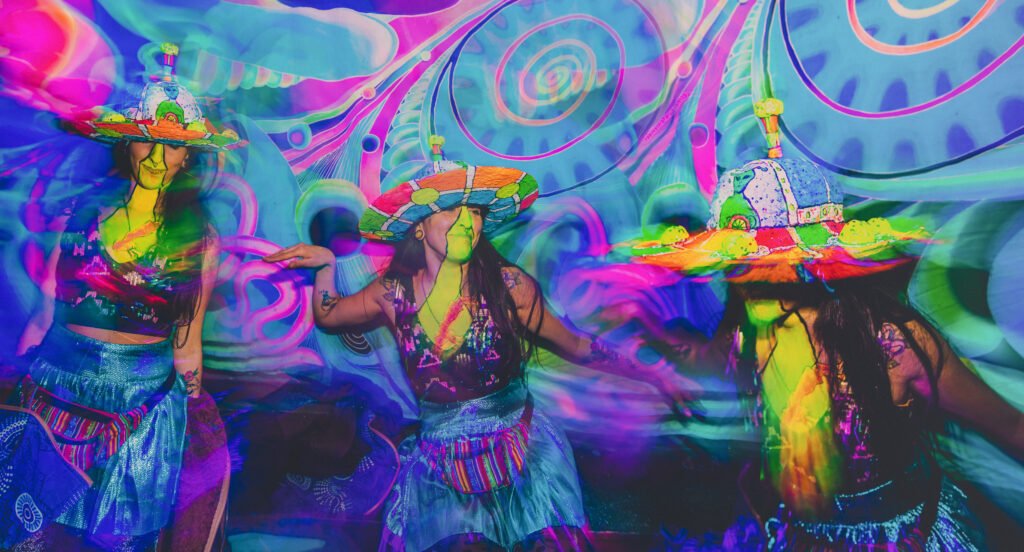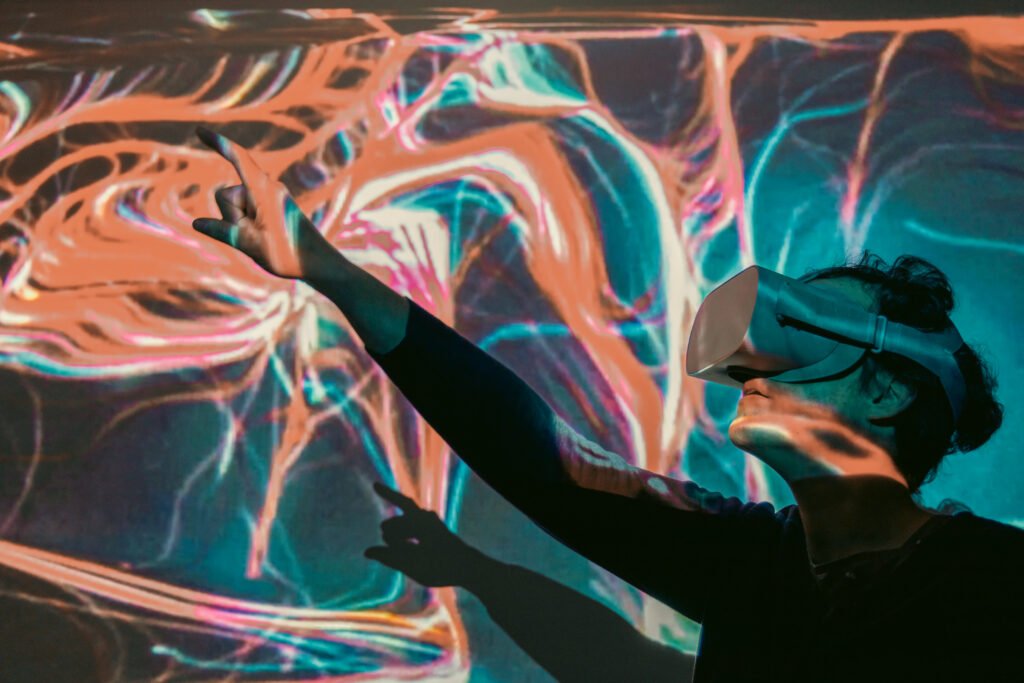Contemporary art has broken away from the traditional limits of painting and sculpture to explore new forms of expression. As a result, languages such as installations, performances, and video art have gained space in museums, galleries, and, above all, in the audience’s experience. These manifestations not only challenge the concept of the artwork but also transform how people interact with the artistic universe.
In the context of 21st-century art, these languages are no longer considered marginal or experimental. They have become central to the work of artists who seek to explore the body, space, time, and technology. This transformation reflects not only the evolution of art but also the cultural and social changes that have shaped the world in recent decades.
Installations and Performances: The Body and Space as Artistic Supports
Art installations emerged as a direct response to the desire to create immersive experiences. Instead of simply contemplating a painting on a wall, the viewer enters the artwork’s space and becomes part of it. An installation is not just visual; it may involve sound, movement, light, everyday objects, and even fragrances. Its goal is to provoke sensations, shift perspectives, and stimulate thought.
A striking example of this language is the work of Japanese artist Yayoi Kusama, who creates immersive environments filled with dots and mirrors. The public does not just observe the work but walks through it, actively participating in the experience. Other artists, like Ernesto Neto and Cildo Meireles, also use sensory materials and unusual architectures to challenge perception.
Performance art, on the other hand, uses the body as its main means of expression. In this type of work, the artist performs live actions before the audience. Time, gesture, presence, and risk are all integrated into the creative process. Unlike traditional artworks, performances are ephemeral; when they end, only memory or documentation remains.
Marina Abramović is one of the great figures in this field. Her performances propose intense encounters between artist and spectator, often pushing the body to its limits. Performance art aims not only to move but also to question social, political, and cultural norms, becoming a powerful form of intervention in the real world.
These languages broaden the field of contemporary art by integrating elements of daily life, architecture, and behavior. They demand an active attitude from the audience, inviting participation, reflection, and even personal transformation. In doing so, they challenge the traditional role of the spectator as a mere observer.
Video Art and the Presence of Moving Images in 21st-Century Art
With advances in audiovisual technology, video art emerged as a way to explore moving images within the field of art. Unlike traditional cinema, video art does not follow linear narratives nor is it limited to cinematic language. It experiments freely with time, repetition, sound, and editing, aiming to provoke new perceptions.
Artists such as Bill Viola, Pipilotti Rist, and Nam June Paik were pioneers in using video as an artistic medium. Their works, often projected on large screens, immersive environments, or even everyday objects, break with the logic of the cinema screen. They transform video into sculpture, installation, or sensory experience.
In the 21st century, video art has expanded its reach even further. With the use of projection mapping, augmented reality, and artificial intelligence, artists create works that interact with the audience in real time. Technology not only expands formal possibilities but also redefines the themes addressed, incorporating current issues like surveillance, social media, digital identity, and collective memory.

These languages reveal how contemporary art has become multiple and hybrid. The artist is no longer confined to a studio or a specific technique. They can work with programming, act in public spaces, create interactive experiences, and blur the lines between the physical and the virtual. This freedom allows art to keep pace with the cultural and technological transformations of our time.
By bringing together installations, performances, and video art, contemporary art amplifies its power of communication, sensitivity, and impact. It challenges the very notion of what an artwork is, questions established structures, and invites the audience to live new experiences. In doing so, it reaffirms its role as a mirror, critique, and agent of the current world.



